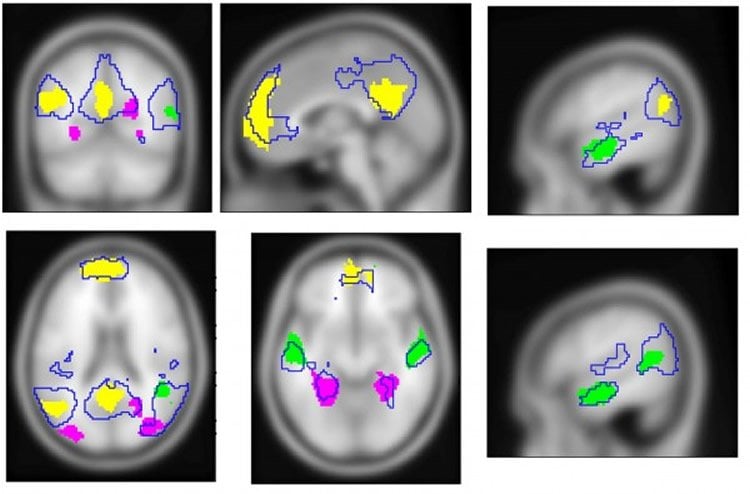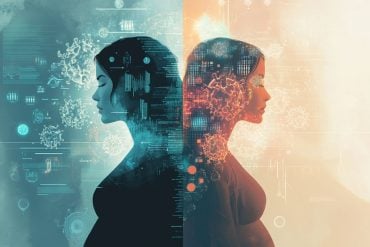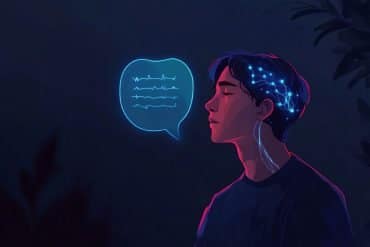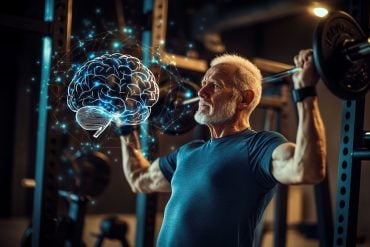Summary: Internal experiences, such as recalling personal memories, are associated with the simultaneous activity of at least three different cognitive systems, a new study reports.
Source: Bar-Ilan University.
Our mental life is rich with an enormous number of internal experiences. The diversity of these experiences is astonishing. We can vividly recall an episode from childhood as well as what we did just five minutes ago. We can imagine and plan in detail our next vacation. We can be moved to tears by the story of an absolute stranger or even of a fictitious character. How does the brain achieve this magic?
A new study published in the journal Nature Human Behaviour may bring us closer to understanding this challenging phenomenon. The study was carried out by Dr. Vadim Axelrod and Prof. Moshe Bar, from the Gonda (Goldschmied) Multidisciplinary Brain Research Center at Bar-Ilan University, and Prof. Geraint Rees, from the Institute of Cognitive Neuroscience at University College London.
“We have a subjective impression that each of our internal experiences is a unitary, indivisible entity. Yet the brain, according to prevalent view in the scientific community, realizes each of our experiences through a combination of different components,” explains Dr. Axelrod, the principal investigator at the Gonda (Goldschmied) Multidisciplinary Brain Research Center and the lead author of the paper. “When we recall a recent birthday party, for example, the brain likely activates a number of different systems, such as a system that is responsible for retrieving memory of events, a system that is responsible for building a vivid scene in our mind, and a system that is responsible for moving back in time. In our study we aimed to test this hypothesis.”

The researchers scanned forty-one healthy volunteers using functional MRI. The participants took part in four different experiments. The authors used three of the experiments to identify three brain systems. The main result was that these three systems were active at the same time during the fourth experiment. In other words, the researchers showed that internal experiences, such as recalling personal memories, are associated with the simultaneous activity of different cognitive systems.
It might sound like science fiction that it was possible to see separate components of internal thoughts of the participants as they were lying in the MRI with their eyes closed and recalling their personal lives. “Obviously, our internal experience is mediated by much more than three cognitive systems. We hope that the approach we used will help in the future to identify additional systems,” summarize the scientists.
Source: Elana Oberlander – Bar-Ilan University
Publisher: Organized by NeuroscienceNews.com.
Image Source: NeuroscienceNews.com image is credited to Vadim Axelrod, Bar-Ilan University.
Original Research: Abstract for “The default network and the combination of cognitive processes that mediate self-generated thought” by Vadim Axelrod, Geraint Rees & Moshe Bar in Nature Human Behaviour . Published online December 4 2017 doi:10.1038/s41562-017-0244-9
[cbtabs][cbtab title=”MLA”]Bar-Ilan University “How We Generate Internal Experiences.” NeuroscienceNews. NeuroscienceNews, 4 December 2017.
<https://neurosciencenews.com/internal-experiences-8101/>.[/cbtab][cbtab title=”APA”]Bar-Ilan University (2017, December 4). How We Generate Internal Experiences. NeuroscienceNews. Retrieved December 4, 2017 from https://neurosciencenews.com/internal-experiences-8101/[/cbtab][cbtab title=”Chicago”]Bar-Ilan University “How We Generate Internal Experiences.” https://neurosciencenews.com/internal-experiences-8101/ (accessed December 4, 2017).[/cbtab][/cbtabs]
Abstract
The default network and the combination of cognitive processes that mediate self-generated thought
Self-generated cognitions, such as recalling personal memories or empathizing with others, are ubiquitous and essential for our lives. Such internal mental processing is ascribed to the default mode network—a large network of the human brain—although the underlying neural and cognitive mechanisms remain poorly understood. Here, we tested the hypothesis that our mental experience is mediated by a combination of activities of multiple cognitive processes. Our study included four functional magnetic resonance imaging experiments with the same participants and a wide range of cognitive tasks, as well as an analytical approach that afforded the identification of cognitive processes during self-generated cognition. We showed that several cognitive processes functioned simultaneously during self-generated mental activity. The processes had specific and localized neural representations, suggesting that they support different aspects of internal processing. Overall, we demonstrate that internally directed experience may be achieved by pooling over multiple cognitive processes.
“The default network and the combination of cognitive processes that mediate self-generated thought” by Vadim Axelrod, Geraint Rees & Moshe Bar in Nature Human Behaviour . Published online December 4 2017 doi:10.1038/s41562-017-0244-9






